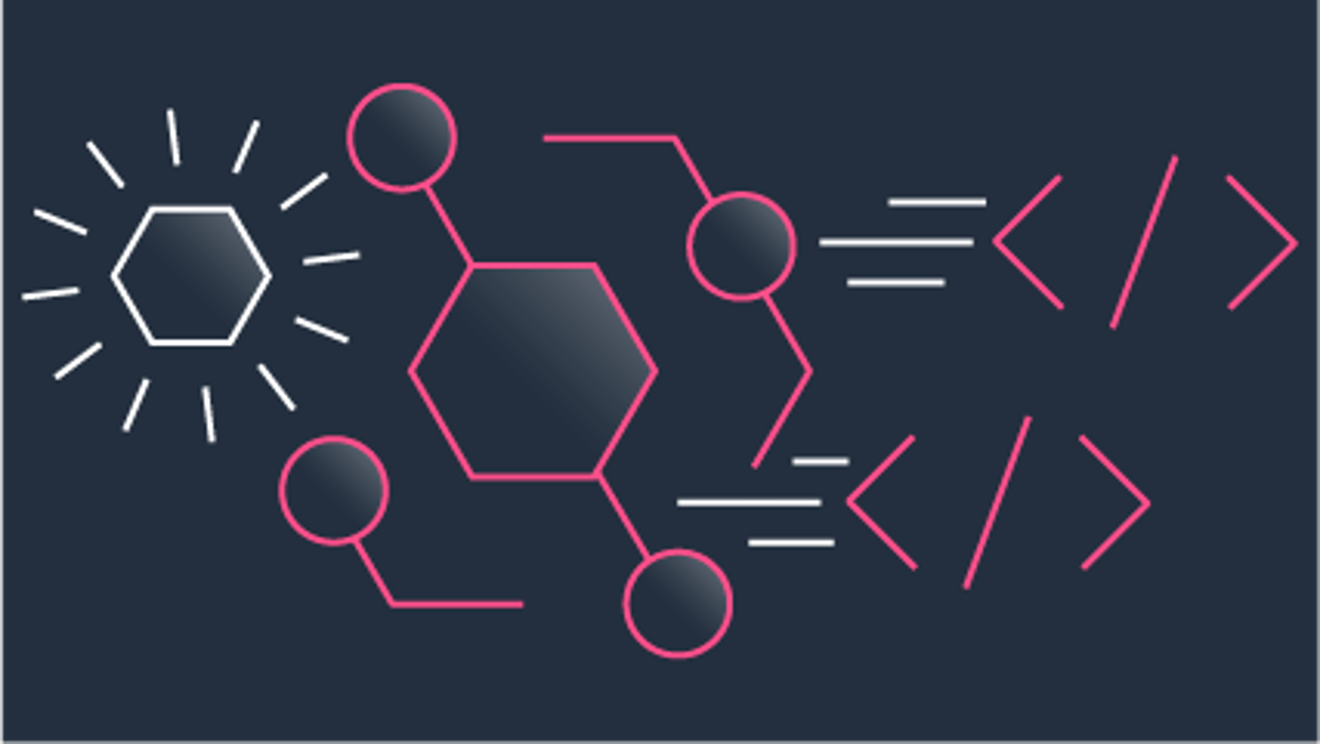A Beginner's Guide to Harnessing AWS EventBridge and Software in AWS
 Sumit Mondal
Sumit Mondal
Introduction:
In the vast landscape of cloud computing, Amazon Web Services (AWS) stands out as a reliable and powerful platform. One of its most versatile services is AWS EventBridge, which allows seamless communication between different software components, facilitating a more dynamic and responsive system. In this blog post, we will explore the basics of AWS EventBridge and how to integrate it with software in AWS.
Understanding AWS EventBridge:
AWS EventBridge is a fully-managed event bus service that makes it easy to connect different applications using events. An event-driven architecture enables real-time communication between components, ensuring quick response times and efficient workflows.
Setting Up AWS EventBridge:
Create an EventBridge Event Bus:
Navigate to the AWS Management Console.
Open the EventBridge console and choose "Event buses" in the navigation pane.
Click on "Create event bus" and follow the wizard to set up your event bus.
Define Rules:
Rules in EventBridge determine how events are processed. You can create rules to match specific events and define the target for those events.
In the EventBridge console, choose "Rules" in the navigation pane and click on "Create rule."
Add Targets:
Targets are the destinations for events that match your rules. They could be AWS Lambda functions, Amazon SNS topics, or other supported services.
Click on "Add target" while creating a rule and select the desired service.
Integrating Software with AWS EventBridge:
Now that we have our EventBridge set up, let's see how to integrate it with software components within AWS.
Example: Integrating AWS Lambda with EventBridge
Scenario: Suppose you have a serverless application that needs to react to file uploads in an S3 bucket.
Create an AWS Lambda Function:
In the Lambda console, click on "Create function."
Choose a name, runtime, and role for your function.
Add an EventBridge trigger to your Lambda function, selecting the event bus and rule you created earlier.
Define an EventBridge Rule:
In the EventBridge console, create a rule that triggers on S3 events.
Set the target of the rule as the Lambda function you created.
Testing:
Upload a file to the specified S3 bucket.
Observe the real-time triggering of your Lambda function, confirming the successful integration.
Example: Integrating EC2 Instances with EventBridge
Scenario: Imagine you have EC2 instances and want to trigger an event when the instance state changes.
Create an SNS Topic:
Navigate to the Simple Notification Service (SNS) console and create a topic.
Take note of the topic ARN.
Modify EC2 Instance State-change Events:
In the EC2 console, create a CloudWatch Events rule to capture state-change events.
Set the target of the rule as the SNS topic.
Receive Notifications:
- Subscribe an email or endpoint to the SNS topic to receive notifications when the EC2 instance state changes.
Conclusion:
AWS EventBridge simplifies the communication between different software components in AWS, promoting a more responsive and scalable architecture. By creating event-driven workflows and integrating services like Lambda and SNS, you can enhance the flexibility and efficiency of your applications on the AWS platform. Embrace the power of AWS EventBridge to unlock a world of possibilities in your cloud journey.
Subscribe to my newsletter
Read articles from Sumit Mondal directly inside your inbox. Subscribe to the newsletter, and don't miss out.
Written by

Sumit Mondal
Sumit Mondal
Hello Hashnode Community! I'm Sumit Mondal, your friendly neighborhood DevOps Engineer on a mission to elevate the world of software development and operations! Join me on Hashnode, and let's code, deploy, and innovate our way to success! Together, we'll shape the future of DevOps one commit at a time. #DevOps #Automation #ContinuousDelivery #HashnodeHero